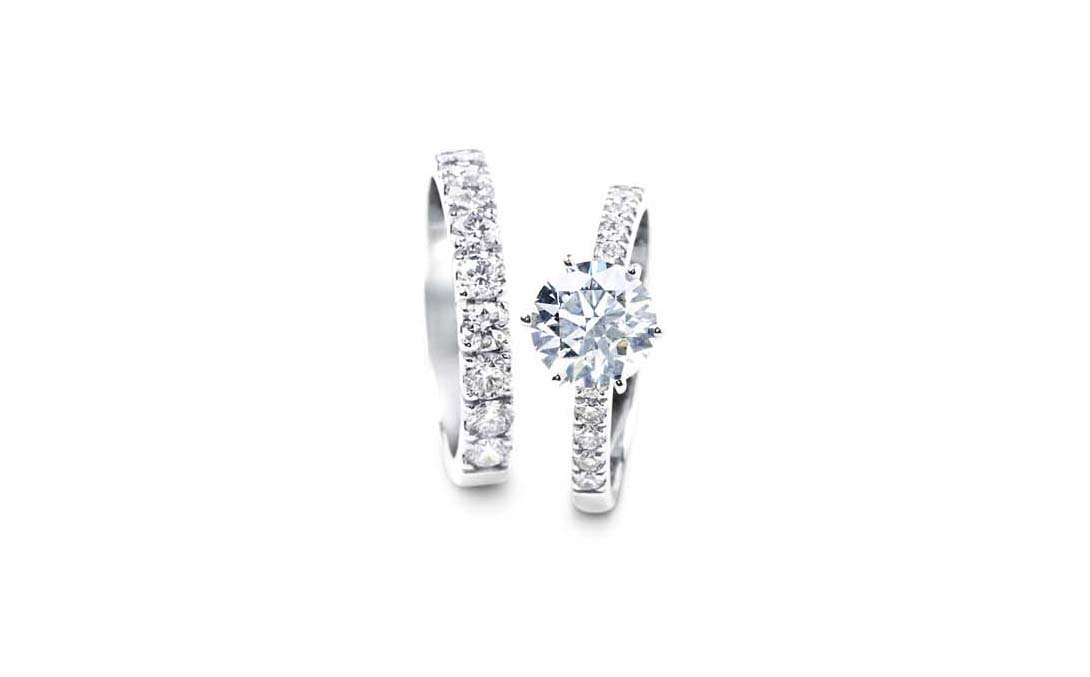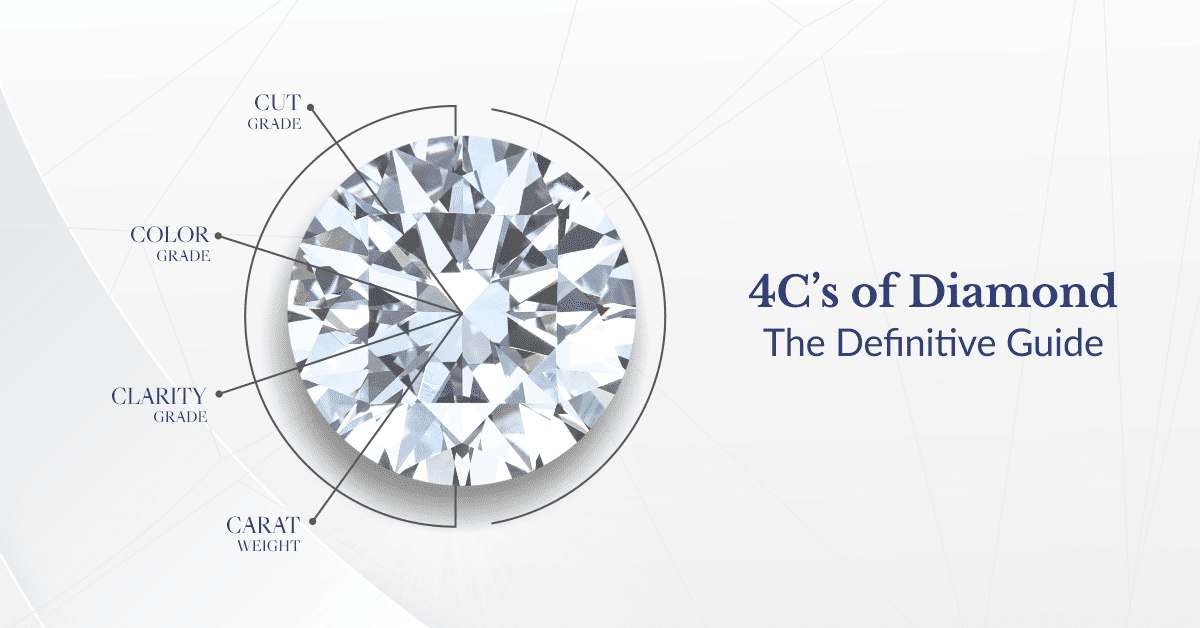When it comes to buying a diamond, one of the most important factors is the price. As technology advances, consumers now have the option of choosing between natural diamonds and laboratory-grown diamonds, both of which offer the same brilliance and beauty. However, there is a significant difference in price between the two. In this blog, we will explore why lab-grown diamonds are more affordable and what factors affect the price difference compared to natural diamonds.
The Basics: How Much Cheaper Are Lab-Grown Diamonds?
On average, laboratory-grown diamonds are 10-30 times less expensive than natural diamonds of comparable size, quality, and carat weight. This price gap can vary based on specific factors like market demand, size of the diamond, and quality grade, but the overall savings are considerable when choosing a lab-created diamond over a natural one.
Why Are Laboratory-Grown Diamonds Cheaper?
Several key factors contribute to the price difference between lab-grown diamonds and natural diamonds:
1. Supply and Availability
– Natural Diamonds: Natural diamonds are formed deep within the Earth over billions of years, making them rare and difficult to extract. The lengthy process of mining, refining, and distributing natural diamonds adds significant costs. As a finite resource, their scarcity drives up prices.
– Laboratory-Grown Diamonds: Lab-grown diamonds, on the other hand, are created using advanced technology in controlled settings, taking just a few weeks or months to grow. Since they can be produced on demand and are not limited by natural supply, lab-grown diamonds have a more abundant and consistent availability, leading to lower prices.
2. Production and Mining Costs
– Natural Diamonds: Mining diamonds requires extensive labor, heavy machinery, and large-scale operations. These processes not only raise production costs but also add to the environmental and ethical challenges that contribute to their price.
– Laboratory-Grown Diamonds: Growing diamonds in a lab involves high-tech equipment but eliminates the need for costly mining operations. Once the initial setup is established, the cost of producing lab-grown diamonds becomes more predictable and manageable, which is reflected in the price reduction.
3. Market Demand and Consumer Perception
– Natural Diamonds: For decades, natural diamonds have been associated with luxury, rarity, and investment value. This legacy, along with marketing campaigns like De Beers’ iconic “A Diamond is Forever,” has built a strong emotional attachment to natural diamonds, sustaining higher market prices.
– Laboratory-Grown Diamonds: While lab-grown diamonds are chemically and physically identical to natural diamonds, they do not carry the same historical prestige. However, as consumer awareness grows and more people seek sustainable and affordable alternatives, demand for lab-grown diamonds has surged, yet their price remains lower due to their perceived lesser rarity.
4. Environmental and Ethical Considerations
– Natural Diamonds: Beyond just the monetary value, natural diamonds can come with hidden ethical and environmental costs. Many buyers are willing to pay a premium to ensure they are purchasing conflict-free diamonds that meet certain environmental standards.
– Laboratory-Grown Diamonds: Lab-grown diamonds often come with fewer ethical concerns and a smaller environmental footprint. Because they are produced in a controlled setting without the challenges associated with mining, they offer a more eco-friendly and socially responsible option, which can further lower costs.
How Does the Price Difference Affect the 4 Cs?
The 4 Cs—Cut, Color, Clarity, and Carat—are the universal factors that determine the quality and value of any diamond. Here’s how the price difference between natural and lab-grown diamonds affects these qualities:
1. Carat Weight
– Natural Diamonds: The price of natural diamonds increases exponentially with carat size due to their rarity, especially in larger carat sizes.
– Lab-Grown Diamonds: You can get a larger lab-grown diamond for the same price as a smaller natural diamond, making lab-grown stones a more budget-friendly option for those who prioritize size.
2. Cut
– Natural Diamonds: High-quality cuts for natural diamonds can come at a premium, especially for popular shapes like round brilliant.
– Lab-Grown Diamonds: Lab-grown diamonds are often more affordable when it comes to highly desirable cuts, giving buyers the opportunity to choose the best cut within their budget.
3. Color and Clarity
– Natural Diamonds: As natural diamonds become rarer in higher color and clarity grades, their prices can increase significantly.
– Lab-Grown Diamonds: Since they are grown in controlled environments, lab-grown diamonds can achieve higher color and clarity grades more consistently, making these high-quality diamonds more accessible at a lower price.
The Investment Perspective: Natural vs. Lab-Grown Diamonds
One important aspect to consider is that natural diamonds have historically been viewed as a long-term investment, often holding or even increasing in value over time due to their rarity. Lab-grown diamonds, while identical in appearance, do not carry the same investment value since they can be produced in unlimited quantities.
That said, many buyers today prioritize affordability and ethical considerations over future resale value. For engagement rings and other personal purchases, lab-grown diamonds offer the same beauty and quality at a fraction of the price, making them an appealing option for those seeking a more cost-effective alternative.
Conclusion: Which Diamond Is Right for You?
The price difference between natural diamonds and lab-grown diamonds is substantial, making lab-grown diamonds an excellent choice for budget-conscious buyers who still want a high-quality, dazzling stone. Natural diamonds remain prized for their rarity and potential investment value, but lab-grown diamonds provide a sustainable, affordable option without compromising on beauty or durability.
Ultimately, the choice comes down to your personal values and preferences. Whether you opt for a natural diamond or a lab-grown alternative, both options offer the brilliance, sparkle, and timeless elegance that diamonds are known for—at vastly different price points.





